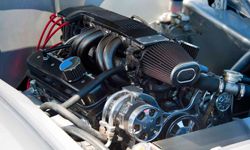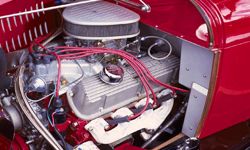In 1990, a fledgling offshoot brand of Japanese automaker Toyota Motor Co. found itself eager to make an impression among buyers who equated ultimate luxury with European brands. The upstart, Lexus, aired a commercial in which a pyramid of 15 champagne flutes balanced on the hood of a Lexus LS 400. With the car on a treadmill going the equivalent of more than 140 miles per hour (225.3 kilometers per hour), engine revving, the glasses remained motionless on the hood -- proof, presumably, of the new luxury manufacturer's precision detail and the silky smoothness of its cars [source: Dawson].
It was proved, by the way, that the stunt in the commercial was indeed authentic. But did the stunt itself prove anything?
Advertisement
If the rapid increase in Lexus's brand recognition was any indicator, it showed that premium car buyers placed significant importance on quality measurements such as engine vibration. Specifically, the less of it, the better: As anyone who's endured the racket inside an econobox knows, engine vibrations that reach the cabin can severely hamper ride quality.
Engine vibration is but one of several quality factors that automotive engineers refer to as Noise, Vibration and Harshness, or simply NVH. It's important to focus upon because NVH determines, in large part, what consumers think and feel about a vehicle; in turn, that affects how much they're willing to pay for it and if they're even willing to buy it at all.
Of all the reasons a vehicle can shake and rattle while it's on a roll, engine vibration deserves special scrutiny because it can have an impact on:
- Driver and passenger comfort
- Driver endurance and of course its opposite, fatigue
- Vehicle durability -- since vibration causes premature wear and tear
So let's take a look at five innovations from past, present and future that can reduce engine vibrations, increase comfort and make for a better overall driving experience.

